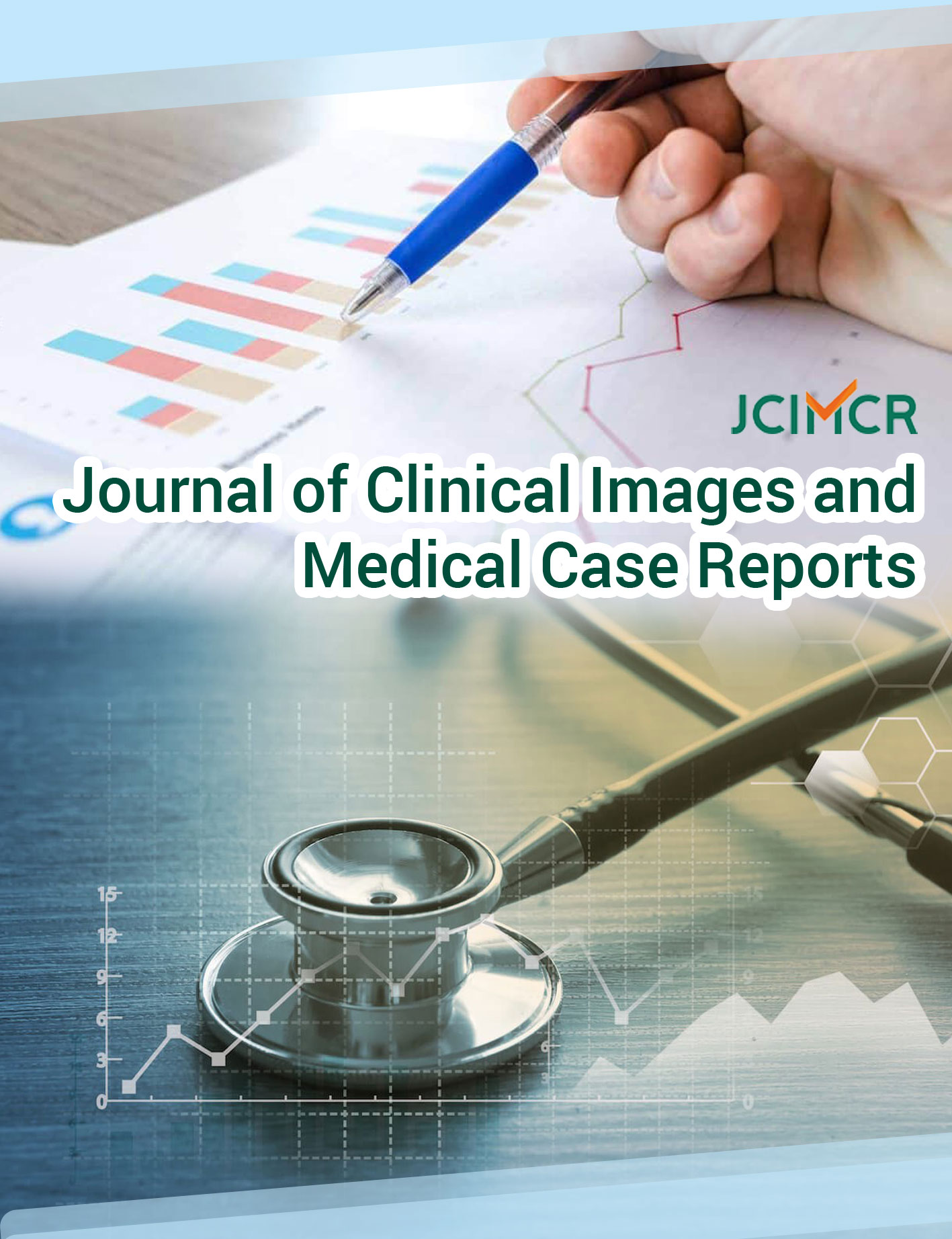
Journal of Clinical Images and Medical Case Reports
ISSN 2766-7820
Clinical Image - Open Access, Volume 5
A rare case report of perineal hernia after abdominal perineal resection
Margarida Dupont1,2*; Daniela Martins1,2; Mónica Cid2,1; Javier Lamelas2; Nádia Tenreiro2,1; Rita Marques1,2; João Pinto-de-Sousa1,2
1Department of General Surgery, Local Health Unit of Trás-Os-Montes and Alto Douro ULSTMAD, Vila Real, Portugal.
2Clinical Academic Centre Trás-os-Montes e Alto Douro (CACTMAD), Portugal.
*Corresponding Author : Margarida Dupont
Department of General Surgery, Local Health Unit
of Trás-Os-Montes and Alto Douro ULSTMAD, Vila
Real, Portugal.
Tel: +35-1915250642;
Email: amsdupont@chtmad.min-saude.pt &
margaridasilvadupont@gmail.com
Received : Sep 24, 2024
Accepted : Oct 14, 2024
Published : Oct 21, 2024
Archived : www.jcimcr.org
Copyright : © Dupont M (2024).
Abstract
This report describes a case of a 65-year-old man with a perineal hernia after an abdominal perineal resection for low rectal cancer. A contrast-enhanced computed tomography scan revealed significant prolapse of digestive loops at the level of the posterior pelvic floor. Surgery via perineal access using a synthetic mesh was performed. Perineal hernia after abdominal perineal resection is a rare condition (less than 1%). Diagnosis is clinical and confirmed by imaging.
Keywords: Perineal hernia; Abdominal perineal resection; Rectal cancer.
Citation: Dupont M, Martins D, Cid M, Lamelas J, Tenreiro N, et al. A rare case report of perineal hernia after abdominal perineal resection. J Clin Images Med Case Rep. 2024; 5(10): 3303
Introduction
Herein is reported a rare case of perineal hernia in a male patient, one year after Abdominal Perineal Resection (APR) for treatment of low rectal adenocarcinoma.
Case presentation
We present the case of a 65-year-old man with a history of hypertension, dyslipidemia and smoking, who underwent APR due to invasive adenocarcinoma of the distal rectum pT4b N2, following neoadjuvant chemoradiotherapy.
Four months after surgery, during a follow-up consultation, a perineal hernia was identified. A CT scan revealed no tumour recurrences; however, there seemed to be an eventration and a significant prolapse of digestive loops at the level of the posterior pelvic floor (Figure 1).
He underwent surgical correction according to Martijnse technique. Intraoperatively, a perineal hernia with approximately 5 cm in diameter was observed, with small bowel loops inside it (Figure 2). A polypropylene mesh was used and fixed to the coccyx and aponeurosis of the gluteal muscles (Figure 3). A drain was placed and removed on 3rd post-operative day. The immediate postoperative period was uneventful and the patient was discharged on the 4th postoperative day.
Surgery was decided in the casa because, although asymptomatic, the patient’s preference was to be submitted to surgery.
Discussion
Perineal hernia is a rare complication after major pelvic surgery, more common in women, and typically occurs within the first year after surgery. It is defined as the herniation of intra-abdominal contents (usually small bowel loops) through the perineum [1,2].
There are several risk factors, including female sex, preoperative chemoradiotherapy and smoking [2].
Patients are generally asymptomatic but may report symptoms such as perineal swelling and pain during the Valsalva manoeuvre and changes in bowel habits. Symptoms worsen with standing and sitting positions [1].
Surgical indications include the presence of symptoms associated with the hernia, skin erosion/trophic lesions, bowel obstruction, urinary dysfunction and ultimately, patient´s desire [1].
References
- Moraru D, Scripcariu D, Ferariu D, et al. Perineal eventration after abdominoperineal resection for rectal cancer: Anatomical, surgical and clinic-pathological landmarks. Romanian Journal od Morphology & Embryology. 2020; 61(4): 1111-1119. 10.47162/ RJME.61.4.13.
- Soback H, Lahav L, Franko R, Avital S. A three layered repair of a large perineal hernia: case report and review of the literature. Surgical Case Reports. 2023; 9: 58. 10.1186/s40792-023-01363-5.
